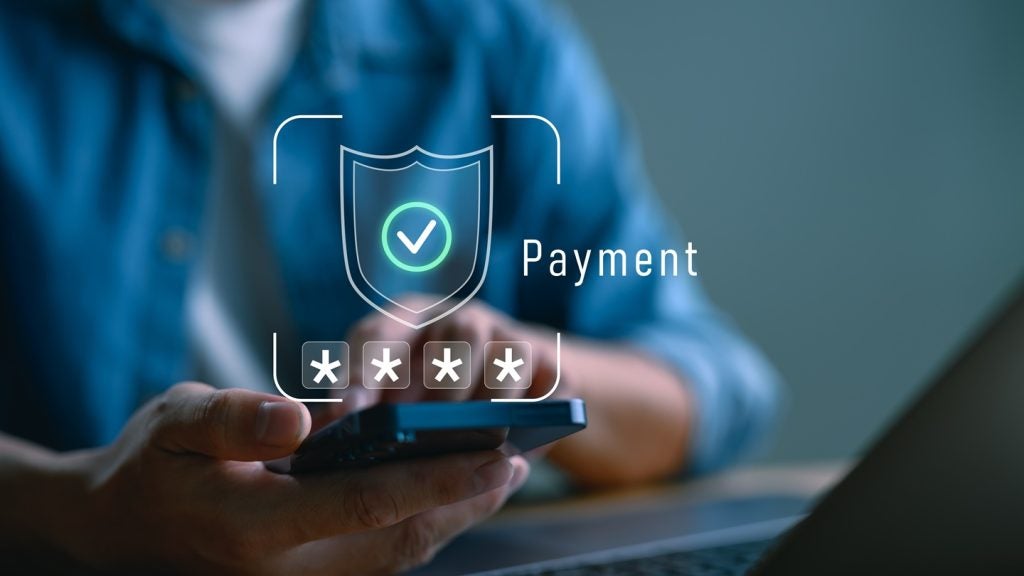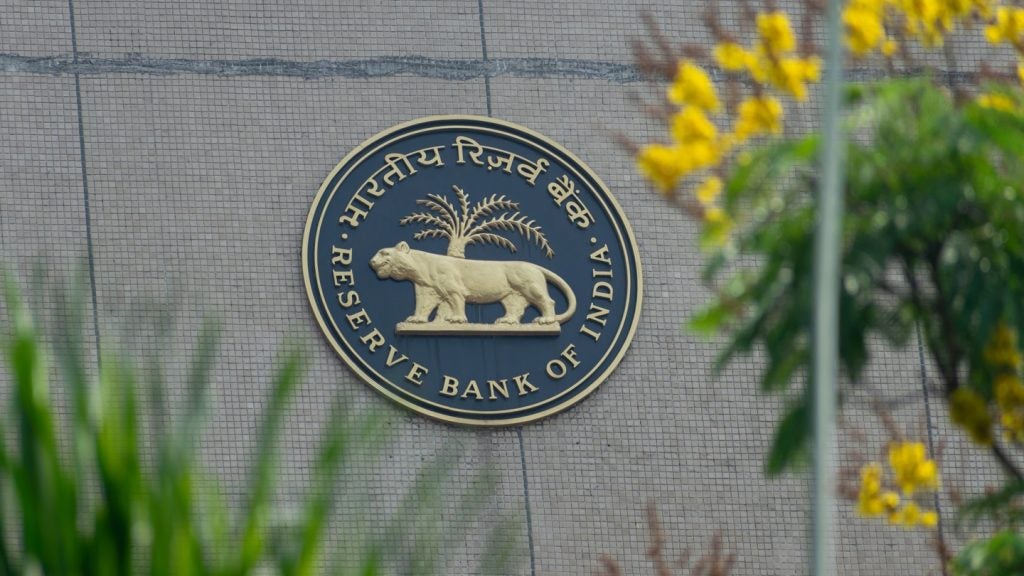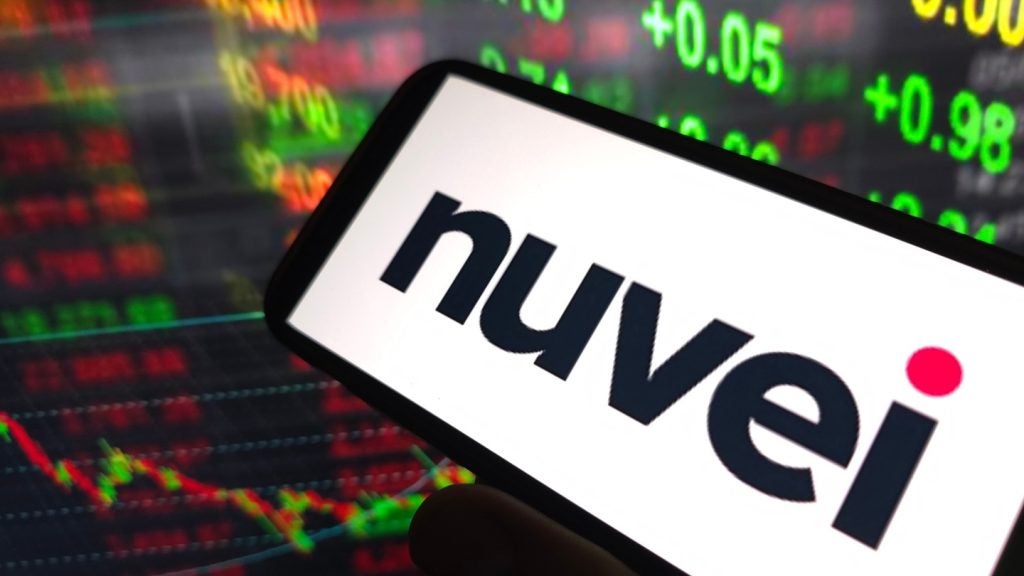
There has been major growth in adoption of cloud-based treasury management systems by large and mid-market corporations. Cloud technology offers easier implementation and cost-savings compared to treasury systems that corporations host themselves, Robin Arnfield reports.
Cloud-based treasury management systems (TMS) can either be provided on an application service provider (ASP) or a software-as-a-service (SaaS) model. The difference is that ASP platforms involve a vendor hosting an application for a single client, whereas, with SaaS, the vendor hosts an application which is shared by multiple clients.

Access deeper industry intelligence
Experience unmatched clarity with a single platform that combines unique data, AI, and human expertise.
"The benefit of SaaS compared to in-house installations is that there is no upfront licence fee," says David Levine, director of product marketing at US-based Bottomline Technologies’ corporate payment business. "Also, IT support costs are cheaper than running TMS applications in-house."
"SaaS-based platforms are provided on an annual subscription basis, while ASP-based systems, like in-house systems, typically involve clients paying upfront licensing fees," says Ryan Heaslip, a senior solutions consultant at US-based treasury and risk management systems vendor Reval. "With an annual subscription fee, the vendor has to keep adding value, or it risks losing the client."
"Because of the vendor’s active involvement, it’s faster to set up SaaS-based TMSs than in-house systems, and there is less disruption to the client’s business and IT operations," says Robert Ceske, principal, advisory at KPMG.
Security

US Tariffs are shifting - will you react or anticipate?
Don’t let policy changes catch you off guard. Stay proactive with real-time data and expert analysis.
By GlobalData"Although SaaS has been around in the IT industry for a while, until recently it wasn’t used in the treasury market because of concerns about data security," says Paul Bramwell, senior vice president, treasury solutions, at US software firm SunGard’s AvantGard corporations business. "With the high value payments involved in treasury and the need for confidentiality, there was a lot of concern from corporations about SaaS application security."
However, the development of cloud security standards such as SAS 70, ITIL and SSAE 16 which SaaS-based TMS vendors are required to comply with, has led to corporations feeling more comfortable about using the cloud for treasury applications, Bramwell says. "These security standards are administered by third-party firms which validate TMS software vendors’ security," he says. "Also, because they are accustomed to using web-based services from their banks, companies are more confident about cloud-based TMS."
"Concerns about the security of cloud-based TMS have diminished," confirms Enrico Camerinelli, a senior analyst at Aite Group’s wholesale banking advisory group.
"Over the last three years, there has been vendor consolidation in the TMS market," says Bramwell. "TMS vendors have been buying in extra technology so that they can meet the needs of corporations which want to outsource their treasury systems. For example, SunGard has bought several TMS vendors."
In January 2013, Wall Street Systems bought rival TMS vendor IT2 Treasury Solutions, having acquired Thomson Reuters’ Treasura SaaS-based treasury management subsidiary in 2011 and corporate treasury specialist City Financials in 2010. Wall Street Systems itself was acquired by Ion Trading in April 2011.
Mid-market corporations
Bramwell says that the most common model in large corporations is still for IT departments to host TMSs in-house. "However, we’ve seen massive growth in large companies with big IT departments outsourcing their TMS to SunGard, in order to save operating costs," he says. "Around 50% of SunGard’s high-end TMS clients choose to have SunGard host their treasury systems. Larger companies may prefer the ASP model, because they are concerned about the availability of TMS applications which are shared with other companies in the SaaS model. Using an ASP gives them exclusive access to the application."
The main area of growth in outsourced TMS hosting is mid-market corporations which don’t want the overhead of running their own treasury application, says Bramwell. "Smaller companies can’t afford the cost of supporting in-house treasury applications, so the cloud is ideal for them," he says. "Their IT department can then focus on running their enterprise resource planning (ERP) system, leaving their treasury management system to the vendor."
With an SaaS-based TMS, the vendor is responsible for all software updates. "An SaaS-based system is updated more frequently than a licensed system that the client operates in-house," says Bob Stark, vice president of strategy at San Diego, California-based TMS vendor Kyriba.
"As the vendor handles the upgrades, there is less chance of an SaaS-based TMS becoming obsolete," says Ceske. "Also, SaaS-based systems can be scaled more quickly than in-house systems."
"If the Euro broke up into multiple currencies, an SaaS-based TMS vendor would upgrade its platform and then simultaneously update all its clients with the new currencies," says Phil Pettinato, Reval’s chief technology officer. "With ASP-based systems, the vendor would update individual clients’ TMS applications on a client by client basis," says Heaslip.
Reval was originally a risk management and compliance systems vendor. It entered the cloud-based treasury systems market when it bought ecofinance, an Austria-based SaaS-based treasury management provider, in January 2011. "Reval has made significant investments in cloud TMS," says Camerinelli.
"We keep our clients updated with the latest developments in regulations as well as the best practice in the global treasury and risk management market," says Heaslip. "As part of our treasury and risk management (TRM) platform, we provide data-as-a-service by supplying integrated market data from multiple industry sources such as Thomson Reuters. We handle the licensing and cleaning of the data, and manage the various sources. We also provide connectivity-as-a-service by linking to integrated foreign exchange and money market trading platforms such as FXall and ICD, respectively, as well as to various banks, all within our system."
"We’re seeing a growing demand for treasurers to play a more strategic role in their organisation, for example by providing guidance on counterparty risk," notes Heaslip.
According to the Association for Financial Professionals’ (AFP) 2012 Treasury Benchmarking Survey, 55% of the 715 organizations surveyed had expanded their treasury’s mandate over the past five years. Two-thirds of survey respondents said their treasury department now oversees at least 18 functions ranging from cash flow forecasting to financial risk management, financial planning and analysis, M&A, and employee benefit management.
"The challenge treasurers face is that they may be using outdated technology or disparate, incompatible systems, and also have limited staffing resources," says Heaslip. "What Reval offers them is a single SaaS-based treasury solution that provides them with visibility and business intelligence."
Spreadsheets
"Spreadsheets are the most popular alternative to TMS in the mid-market segment, which I define as companies in the $100-$800 million revenue range," says Stark. "75-80% of mid-market treasurers and CFOs are using spreadsheets for cash forecasting, cash allocation and risk management. But using spreadsheets is not only time-consuming, but also introduces operational risk due to possible errors. Moving from spreadsheets to a TMS introduces greater control."
In June-July 2012, US consultancy Aite Group and SunGard surveyed 178 international corporate treasurers. According to Aite Group’s report "Forecasting Cash Forecasting Part Two: Technology," the survey found that 65% of firms with revenues under $250 million use Excel for cash forecasting, while 17% use a TMS, and 17% use both Excel and a TMS.
Among firms with $251-$500 million in revenues, 69% use Excel, 15% a TMS, and 15% both a TMS and Excel, while 67% of firms with revenues of between $500 million and $1 billion use Excel, 21% a TMS and 13% both a TMS and Excel, the survey found.
"One of the biggest drivers for cloud-based TMS is to get away from using spreadsheets, as spreadsheets are prone to error," says Bramwell. "In a TMS, the key treasury processes are set up in a standard way so as to avoid error. The cloud gives firms which have been using spreadsheets, an easy introduction to TMS."
Regulations
A driver for mid-market firms to move to a TMS from spreadsheets is the ever-increasing amount of financial regulations which treasurers need to comply with, says Bramwell. "Performing the accounting to comply with these regulations is becoming increasingly onerous for treasurers," he says.
"For example, an emerging standard in Europe is European Market Infrastructure Regulation (EMIR), which requires companies to declare their derivatives. This is driving firms to use TMS technology, as otherwise they would have to report derivatives manually using spreadsheets. TMS systems help with regulatory compliance, as they produce accurate reports on investments and hedging positions."
Bramwell says that SunGard helps its hosted clients with the complex implementation processes involved in setting up a TMS. "If a client has multiple subsidiaries, it will have to set up the legal structures for these entities to use the TMS," he says. "Also, the company will need to set up reporting from its banks, and decide what instruments it will use in its treasury system. SunGard provides consultancy on all of this, as well as guidance on best practices such as segregating duties within treasury and having two people approve transactions."
Limitations
"There are some limitations with cloud," says Camerinelli. "For example, not all geographies are well served in terms of Internet connections, which means they don’t all have equal access to cloud-based services."
"In terms of technology implementation, the cloud is less expensive than running a TMS in-house," Camerinelli says. "But the total cost of ownership of a cloud-based solution isn’t cheap, as you have to factor in the considerable cost of securing your data and providing the communications infrastructure. You need fast, secure, always-on Web connections, and, if your Internet connection goes down, you need a recovery solution in place."
A disadvantage of using SaaS-based applications as opposed to ASP-based software is that SaaS systems are not customisable for individual companies, Camerinelli says. "Treasurers using SaaS have to accept a solution that isn’t customisable," he says.
"You can’t use SaaS-based software without the vendor’s participation, for example if the vendor is no longer in business," says Ceske. "So the vendor needs to be there for the long run."
Market differences
"Europe and the US are the largest markets for SunGard’s cloud-based TMS software," says Bramwell. "SunGard is starting to see growth in Asia-Pacific, for example in Australia, New Zealand and Japan. I think Asia will grow dramatically in terms of outsourced TMS hosting, as many Asian firms have small IT departments, so it’s difficult for them to support TMS in-house."
"In Asia-Pacific, China is the biggest TMS market," says Camerinelli. "However, Chinese regulations don’t allow full exploitation of the cloud, which means that Chinese corporations can’t have full SaaS-based TMS systems. Also, the communications infrastructure in China isn’t that robust."
Camerinelli says that across Asia the main barriers to adopting cloud are a lack of communications infrastructure and local data protection and privacy regulations that don’t permit SaaS applications. "The Asia-Pacific market is disjointed, as it consists of a lot of smaller countries with separate jurisdictions," notes Bramwell.
"The Asian countries are new to SaaS-based TMS, but I think cloud will be heavily adopted by Asian corporations as they don’t have legacy treasury management systems," Camerinelli says.
"For European corporations, the key issue when selecting a TMS is not the cost of ownership but whether it can help them comply with new European regulations such as SEPA (the Single Euro Payments Area) and make better decisions about liquidity and capital," says Camerinelli. "The ability to provide liquidity management, cash forecasting and regulatory compliance, as well as to integrate data feeds from different sources, are the most important factors in Europe, not the system’ cost."
Centralisation
"The cloud offers benefits to larger multinationals with decentralised operations which want centralised control of their treasury function," says Camerinelli. "SaaS lets you have a lighter TMS footprint at the subsidiary level and maintain control of the essential data through the centralised treasury office."
"The need for centralised control is a key driver for firms to move to cloud-based TMS," says Stark. "As firms get larger, there is a tendency to decentralise, with operations and bank accounts in multiple countries. Cloud lets firms centralise treasury controls and processes without needing to centralise their treasury staff in one location. Using the TMS, staff can initiate payment requests and import data into their cash forecasts from different parts of the world."
"Our 2012 survey with US-based consultancy Strategic Treasurer found that there has been a growth in the number of mid-market US corporations with foreign banking relationships," says Levine. "We found that around 50% of mid-market US firms have over six non-US bank relationships and over 100 different bank accounts. Usage of non-US bank accounts is moving down into the Fortune 5,000, which is driving the need for cloud-based treasury systems."
Banks
"There is an opportunity for banks to provide outsourced cash forecasting services to their corporate clients by white-labelling a vendor’s cloud-based TMS," says Christine Barry, research director at Aite Group.
Barry says opinion is divided among banks as to whether to offer outsourced cash forecasting services. "Some banks think that their corporate clients would prefer to get cash forecasting services from a TMS vendor and also that they wouldn’t want their bank to get full information about their cash positions," she says. "I think that banks risk being dis-intermediated if they don’t offer cash-forecasting, with clients just using their bank as a source to get data from. If the client goes to their bank’s corporate banking portal for cash forecasting, this will help strengthen the relationship between the bank and the client."
Banks could provide cloud-based TMS services to companies below the Forbes Global 2000 level and even to companies in the Global 2000 which have not installed a TMS, Barry says.
According to the Aite Group report "Forecasting Cash Forecasting Part Two: Technology," banks providing cash forecasting services include: Bank of America Merrill Lynch with CashPro Online; Citi with its TreasuryVision Global Liquidity Portal; Deutsche Bank with its Autobahn DB liquidity management solution; Sweden’s SEB with WebForecast; and Standard Chartered Bank with Straight2Bank.
Bottomline Technologies
US-based Bottomline Technologies provides payments hubs which enable banks, insurance companies and corporations to manage all their domestic and international payments and cash positions on a single web-based platform.
"Many of our Fortune 2000 clients have a TMS," says David Levine, director of product marketing at Bottomline’s corporate payment business. "However, the TMS does not handle all the underlying payments that help the firm manage its liquidity. So these firms interface their TMS with our payment hub in order to gain visibility about their payments."
Bottomline’s clients send and receive payment data to their payment hub from their TMS as well as their from ERP and legacy back-office systems, says Levine. "Our payment hub can handle ad hoc payments that occur outside the usual payment cycle, including cheques, ACH (automated clearing house) transfers, and domestic or international wires," he says. "The payment hub then feeds information on the ad hoc payment to the TMS. By including ad hoc payment information in the TMS, you can get a complete view across all treasury payments."
Bottomline’s payment hub provides cash reporting for a company’s different operations around the world and gives a global cash balance as well as a view of individual account balances, says Levine.







